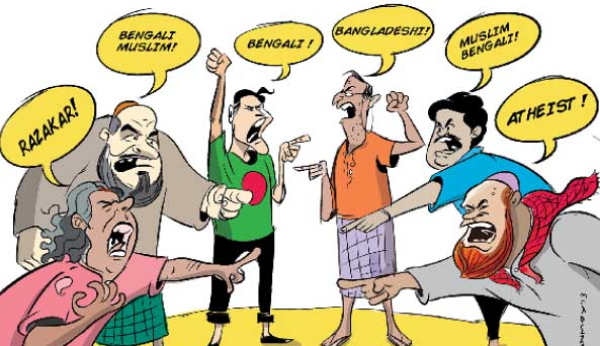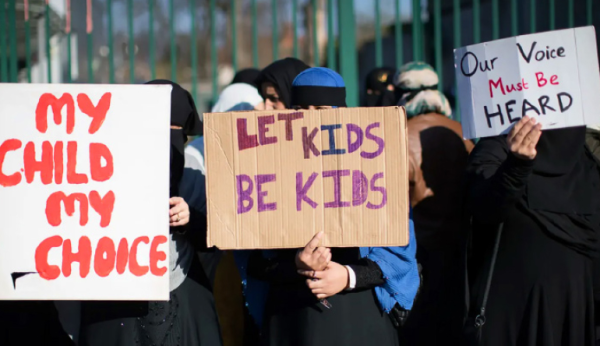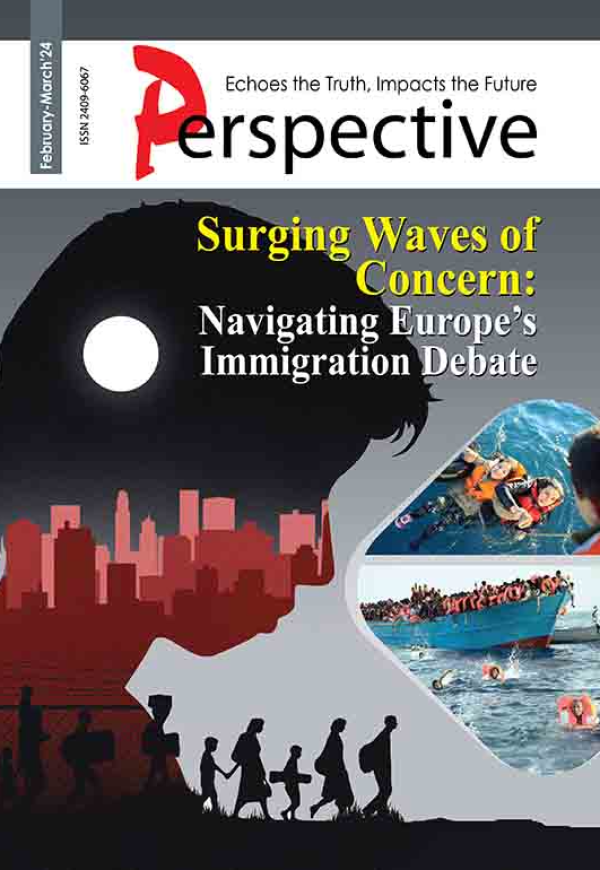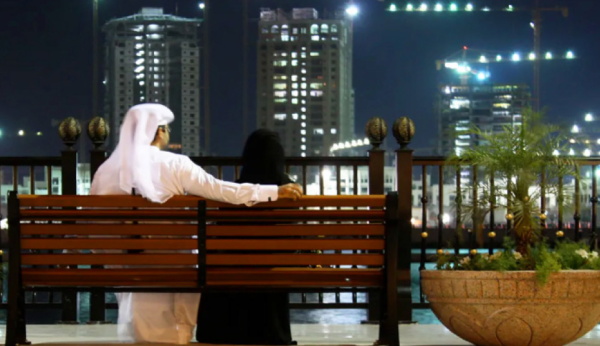Why do Bangladeshi migrants take illegal routes for Europe?
Why do Bangladeshi migrants take illegal routes for Europe?
Migration refers to the movement of humans from one place to another.
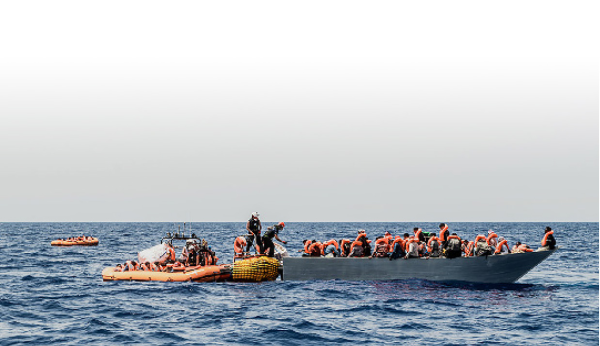
Migration refers to the movement of humans from one place to another. There are different push and pull factors when moving. Which country people are mostly migrated in Europe illegally? You might think of a war-torn country like Syria or some other. You would be wrong. According to the International Organization for Migration (IOM), the top-marked country name is Bangladesh. It has a long history of migration. After the Bangladesh gained independence in 1971, the unemployment rate increased. At that time, gulfs needed a large number of labors for oil fields, which promoted mass migration to Middle Eastern countries. Bangladesh gravely missed that opportunity. Huge numbers of workers migrated there.
However, currently the scope of employment has become inexpert. Middle Eastern countries like Saudi Arabia, United Arab Emirates are no longer giving Bangladeshi workers an EIN. Since the uprising of Moammar Gaddafi, more than 36,000 workers have returned from Libya. The decline of Gaddafi Libya has become the gateway to Europe for many countries and migrants intending to take illegal and risky pathways across the Mediterranean Sea.
Illegal migration is not new for Bangladesh. In 2015, the Libyan government banned the Bangladeshi workers, confessing that many were trying to enter Europe illegally from there. But Libya’s unstable political situation opened up new trafficking opportunities across the Mediterranean. At present, a huge number of Bangladeshis are attempting to take this route.
Yearly statistics published by the EU’s border agency Frontex shows that at least 20,700 Bangladeshi migrants entered Europe through irregular routes. Most of them are came, 7,848 via the central Mediterranean route, 604 via the eastern Mediterranean, and 437 via the western Balkan route. Between January 2014 and present this year, at least 156 deaths of Bangladeshis on their way to Europe were recorded by the International Organization for Migration (IOM) under its “Missing Migrants Project.” The tally is the 13th highest during the period. Averagely, 5364 Bangladeshis use five Mediterranean routes in a year. Frontex data represent detections of illegal border crossings rather than the number of persons, as the same person may cross the external border more than once.
The dream of reaching Europe through an illegal route has caused the deaths of many Bangladeshis in the last few years. Brac has found that mainly the people of some particular districts including Sylhet, Sunamganj, Noakhali, Madaripur and Shariatpur take such risk and traffickers generally uses 18 different illegal routes to traffic the migrants. They target unsuccessful Bangladeshi migrant workers who stay in Middle East to traffic them to Europe.
According to the International Organization for Migration (IOM), each year, 700,000 Bangladeshis who choose to migrate abroad take such risk for migration in Europe. The Brac study found that, on average, a Europe-bound migrant spent TK 10–15 lakh, and people who chose to endanger their lives in such deadly journeys are mostly aged 25–40.
With a GDP of over $409 billion, Bangladesh currently has the world’s 37th largest economy, and the size of the economy could have doubled by 2030. Even though the South Asian country has become one of the world’s largest and fastest-growing economies over the past few years. Nevertheless, many of its citizens have been attempting to reach Europe through irregular routes in their dreams of a beautiful life because the economic development could not reach the middle class and lower class levels.
However, Bangladeshi migrants opt to reach Europe to change their “social status,” and a large number of them take hazardous journeys when they see their relatives, neighbors, or acquaintances who have migrated to European countries enjoying a better life. Another trigger for the illegal migrations to Europe is that the limitations of legal routes, poverty, and the unemployment rate have made illegal migration necessary. Political and economic instability is motivating young people to migrate. Bangladesh has seen a rapid rise of the super-rich, while most of the population is left behind. Traffickers are using social media to lure potential victims of human trafficking. Political violence and lawlessness make life uncertain. Skilled workers can only get government jobs if they have a patron. Private companies often hire only students from elite universities, and because higher education itself is corrupt, students are often unable to get into schools and universities without bribes or political connections. Human trafficking, also known as labor migration, COVID-19, and climate change, for instance droughts, floods, and severe weather, have a significant role in causing irregular migration.
Illegal migration is tarnishing the image of Bangladesh. For this reason, it is obligatory for the government to take indispensable actions to prevent it. Meanwhile, the European Union is pressuring Bangladesh to return its unauthorized migrants, threatening to impose a visa ban on Bangladeshi citizens unless the government takes steps to repatriate its citizens.
Therefore, to eradicate illegal migration, safe and regular migration must be expended, and inter-governmental actions should be conducted all year round to drive against traffickers. The government must facilitate and ease the legal migration process, train aspiring migrants with the required skills, and end the role of intermediaries in the migration process. The government must also put in place an effective monitoring mechanism to stop illegal migration and ensure inclusive growth to create more employment opportunities and fight rising poverty and inequality. Mass awareness is needed, so groups like teachers, the media, NGOs, politicians, mosque imams, and civil society have to play an active role in this regard.
The writer of this article is a student of the Department of Public Administration, Cumilla University
 Md. Sumon Ahmed
Md. Sumon Ahmed 

